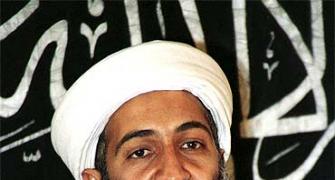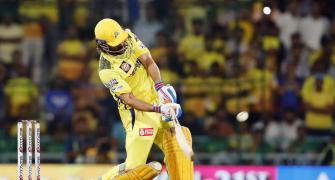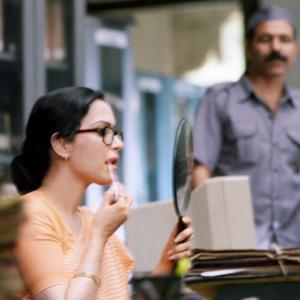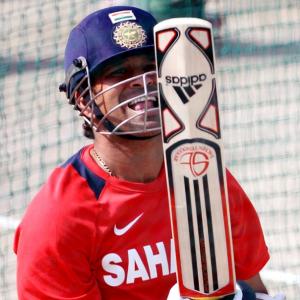'We have won our political freedom, we have liberalised our economy and now it’s time to liberate our minds also. That is why this film.'
Director Ketan Mehta lists his reasons for making Rang Rasiya.
Ketan Mehta, who has made poignant films like Mirch Masala, Hero Hiralal and Sardar, returns this Friday with Rang Rasiya.
Starring Randeep Hooda and Nandana Sen, the film has been in the news for its bold content.
Ketan Mehta tells Patcy N how he dealt with nudity in the film, and the stars he's worked with in his long career.
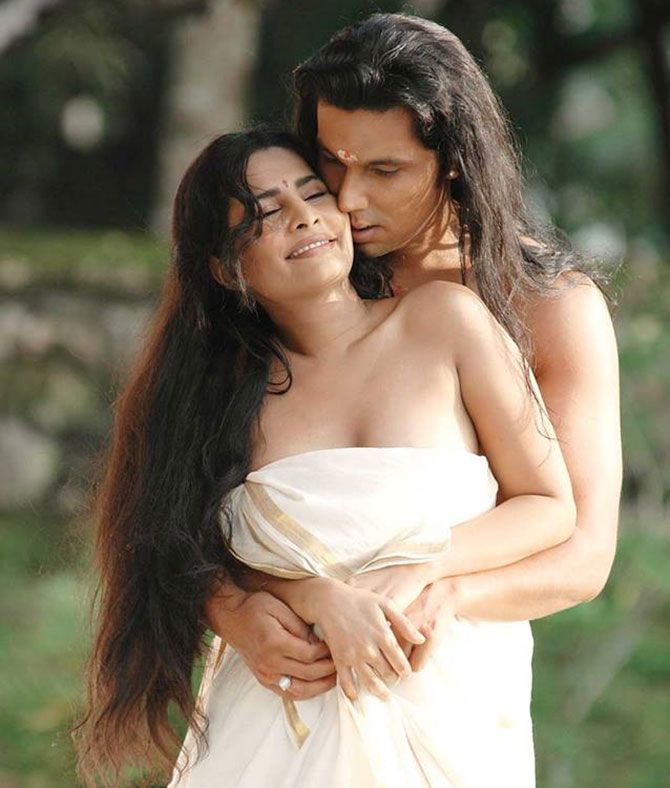
Are you relieved the film is releasing at last?
Of course. It’s been a five-year pregnancy (laughs).
Why did the Censor Board hold up the film and why allow it to run now?
The reasons for the delay are two-fold. First of all, it is an expensive film, made in Hindi and English simultaneously on a big scale.
Secondly, it’s a controversial subject, so they (the Censor Board) refused to give us any certificate.
After a long fight, we took it to the revising committee which was headed by Sharmila Tagore. At the end of the film, the committee congratulated me for making such a sensitive film. They passed it without a cut.
Because of the controversial subject, distributors were scared of touching the film.
We had to look for a distributor who had a large enough heart, bank balance and courage to release the film. Finally, we found one.
So I am very happy that finally the pregnancy is getting over and the film will be delivered and seen.
Why did you choose Raja Ravi Varma as the subject?
He is one of the most fascinating, colourful and controversial characters I have come across in my life.
The film is based on the novel Raja Ravi Varma by Ranjit Desai, a celebrated Marathi writer
Raja Ravi Varma, apart from being one of the greatest Indian painters of all time, is a man who really re-discovered our ancient culture for us.
He is the man who gave faces to our Indian gods and goddesses. He painted realistic portraits of Ramayana and Mahabharata in colonial times.
He started India’s first Indian printing press and made prints of his colourful paintings, which became so popular that the British government had to start a separate post office to take care of his fan mail.
He was a rockstar of his time.
He literally liberated art from the prison of temples and palaces and made it available to common people.
I think he is a revolutionary artist. He painted nudes of mythological characters and some conservative elements in society dragged him to court.
He fought the case himself and won.
He was charged with obscenity, hurting religious sentiments of the people, disturbing the peace.
Even today, artists face these problems. Art students are beaten up, art exhibitions are vandalised, books and films are being banned.
Girls going to pubs are pulled out and beaten up. So there is a climate of intolerance across the country. This film is a reaction to that climate of intolerance.
It is time to liberate our minds. We have won our political freedom, we have liberalised our economy and now it’s time to liberate our minds also. That is why this film.
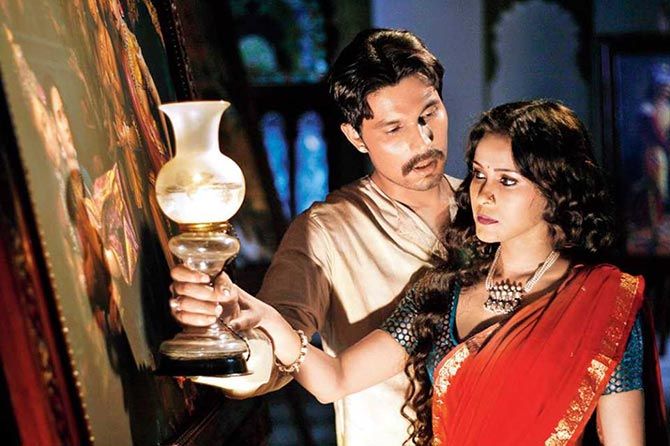
You worked with Aamir Khan in films like Holi and Mangal Pandey, and with Shah Rukh Khan in Maya Memsaab and Oh Darling Yeh Hain India. Why choose Randeep Hooda to play Raja Ravi Varma, who was not known five years ago, instead of an established actor?
Because of its subject matter, I wanted the focus to remain on the character and the subject matter rather than on the star.
Every star comes with his larger than life image; he comes with the burden of stardom.
I wanted actors who are not carrying that burden and who could be true to the character. It was a conscious decision to go for a relatively unknown face.
So when you were doing Mangal Pandey, did you face any problem because Aamir was a star then?
Aamir was one of the bigger stars at that time. The story of Mangal Pandey, who was a historical character, and the scale of the film, required a star. It couldn’t have been made without a star.
This film did not require stardom.
You chose Nandana Sen because she had a painting of Raja Ravi Varma in her house…
This film required a girl who was courageous and committed enough as there is nudity and sensuality in the film.
We wanted a girl who was intelligent enough to understand why this film is important and what the film was going to say.
In Nandana, I got all these things.
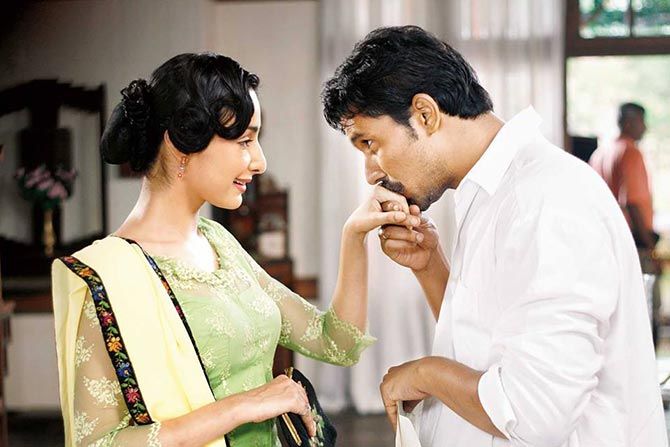
While you were shooting for the film did you face any problems?
Not at all. The shooting process was a wonderful experience.
We had a German cameraman and an international cast.
We shot in Kerala palaces, palaces in Baroda, Rajasthan, Banaras, Pune, Mumbai...
There is the wonderful cast of Paresh Rawal, Vikram Gokhale, Sachin Khedekar, Darshan Jariwala -- all are incredible actors.
We shot the film in one go, in 60 days. Finance was not a problem; we took financial assistance from IDBI bank.
Were any of the actors apprehensive about shooting nudity scenes?
They were fully aware of the nudity scenes and what they had to do.
We were very careful that they were not uncomfortable doing it. They are professional and intelligent actors. There were no hesitations and doubts on their part.
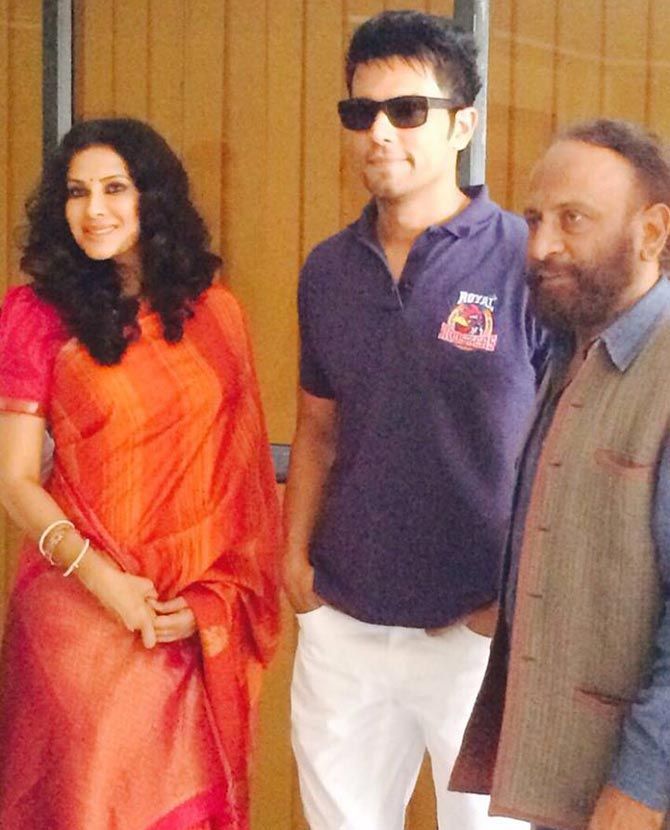
Your next film is The Mountain Man, the story of an ordinary man. Do you look for realistic subjects?
Not really. I have worked on different kinds of films but it just so happens that these three films (Mangal Pandey: The Rising, Rang Rasiya and The Mountain Man) are based on real characters.
They are all very inspiring stories. I need to be inspired to make a film.
In these cynical times, we need some inspiration, don’t we?
How do you choose your subject?
There is no formula. Dasarth Manaji (on whose life The Mountain Man is based) died about eight years ago.
I read an article about this man who broke the mountain for love, spending his life with just a hammer and chisel. I thought it was an amazing story of human triumph.
It was an amazing love-story because he did it (hacking through the mountain to make a path) for his wife who had died climbing the mountain.
He said nobody else should die like that. What an inspiring story! I had to tell that story.
I read the novel on Raja Ravi Varma and had seen his paintings and was inspired by him. I knew that Raja Ravi Varma had influenced Indian art and culture like nobody else.
Indian cinema too was influenced by Raja Ravi Varma. Dada Saheb Phalke was Raja Ravi Varma’s apprentice and then assistant in his printing press.
So, in a sense, Raja Ravi Varma is the grandfather of Indian Cinema.
After Bhavani Bhavai, which was on caste discrimination, and Mirch Masala, which was on oppression of women, you never made another film which was hard hitting. Why?
Maybe I was just waiting for Rang Rasiya to happen (laughs)
In a sense, Maya Memsaab was also a hard-hitting film. And a controversial film. It saw the world through a woman’s mind.
You have worked with big actors like Naseeruddin Shah, Om Puri, Smita Patil, Shah Rukh Khan, Aamir Khan, to name a few. What was your best working experience with any actor?
Each film is a different working experience, each of these guys has different qualities.
Aamir’s first film was Holi, with me, Shah Rukh’s first film was Maya Memsaab and they were not stars at that time.
I also worked with them when they were stars. But whether it is Naseer or Shah Rukh, they have all amazing qualities that make them what they are.
I have been fortunate to work with some of the most talented actors.
Can you name one quality of each actor?
Naseer is the first modern actor that we had in our country. He had a global sensibility that was exposed to foreign cinema. We were in the film institute together so we almost grew up together. The kind of focus that he brings is amazing.
Shah Rukh brings tremendous energy.
Aamir is very dedicated.
Smita Patil was the most spontaneous actor that I have seen. Totally rooted, she was a free spirit.
Nawazuddin Siddique is an incredible actor.
Randeep is grounded; he reminds me of Smita Patil to a certain extent
Deepa Sahi, again, an amazing actress, very intelligent, educated, sharp-minded and a great performer.
You have done great work in animation too.
Maya Digital Studio is one of the largest digital studios in the country at the moment.
It pioneered the art and technology of art and visual effects in India. We did India’s first science series called Captain Vyom.
This technology was not available in India before we started.
When we were shooting for the climax of Maya Memsaab, I had the problem of showing Maya evaporating when she takes the magic potion. I was very frustrated. Though we are one of the largest film producing countries in the world, I couldn’t get that one scene I wanted!
That’s when I thought of starting Maya Digital Studio.
I want to do science fiction with lots of visual effects.

